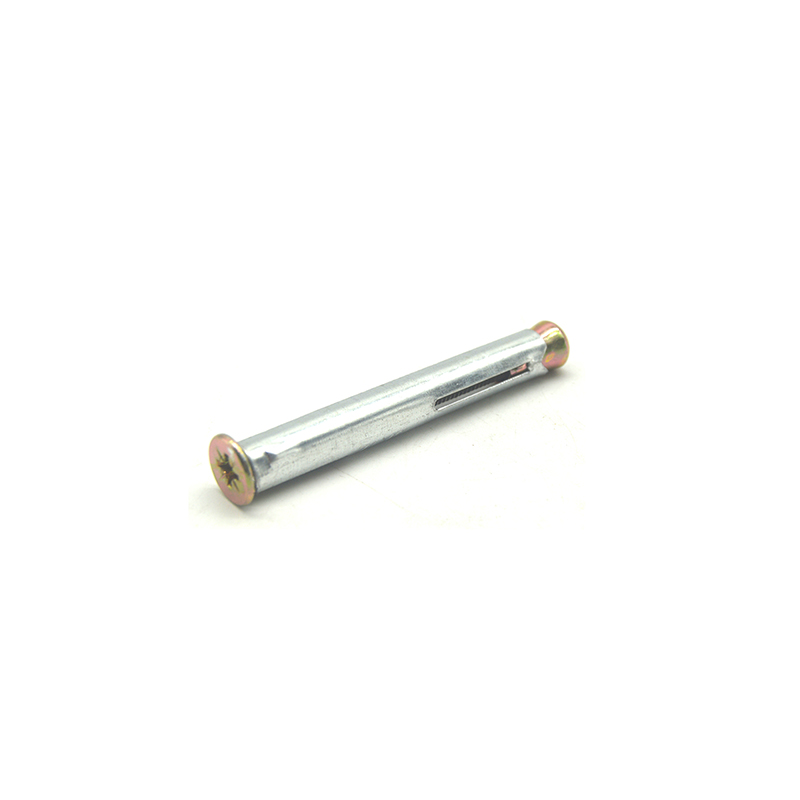- Chinese
- French
- German
- Portuguese
- Spanish
- Russian
- Japanese
- Korean
- Arabic
- Irish
- Greek
- Turkish
- Italian
- Danish
- Romanian
- Indonesian
- Czech
- Afrikaans
- Swedish
- Polish
- Basque
- Catalan
- Esperanto
- Hindi
- Lao
- Albanian
- Amharic
- Armenian
- Azerbaijani
- Belarusian
- Bengali
- Bosnian
- Bulgarian
- Cebuano
- Chichewa
- Corsican
- Croatian
- Dutch
- Estonian
- Filipino
- Finnish
- Frisian
- Galician
- Georgian
- Gujarati
- Haitian
- Hausa
- Hawaiian
- Hebrew
- Hmong
- Hungarian
- Icelandic
- Igbo
- Javanese
- Kannada
- Kazakh
- Khmer
- Kurdish
- Kyrgyz
- Latin
- Latvian
- Lithuanian
- Luxembou..
- Macedonian
- Malagasy
- Malay
- Malayalam
- Maltese
- Maori
- Marathi
- Mongolian
- Burmese
- Nepali
- Norwegian
- Pashto
- Persian
- Punjabi
- Serbian
- Sesotho
- Sinhala
- Slovak
- Slovenian
- Somali
- Samoan
- Scots Gaelic
- Shona
- Sindhi
- Sundanese
- Swahili
- Tajik
- Tamil
- Telugu
- Thai
- Ukrainian
- Urdu
- Uzbek
- Vietnamese
- Welsh
- Xhosa
- Yiddish
- Yoruba
- Zulu
- Kinyarwanda
- Tatar
- Oriya
- Turkmen
- Uyghur

exterior self tapping screws
The Practical Insights on Exterior Self Tapping Screws
Exterior self tapping screws might seem straightforward, yet their application is filled with nuances. Whether you're a seasoned pro or just starting out, understanding these fasteners can save you from common pitfalls. Dive in as we unravel real-world experiences and insights from the fastener industry.
Understanding the Basics
Exterior self tapping screws are a staple in various construction and DIY projects, particularly due to their ability to cut threads as they’re driven. This capability eliminates the need for pre-drilled holes, saving time and effort. However, many overlook the importance of choosing the right screw for the material.
I recall a project where a colleague underestimated the material's density, leading to stripped screws and wasted resources. Lesson learned: always match the screw to the material’s specific properties. Consulting with trustworthy manufacturers like Handan Shengtong Fastener Manufacturing Co., Ltd., which can be explored more at their website, is invaluable.
Moreover, when dealing with outdoor environments, selecting screws with the appropriate coating to prevent corrosion is crucial. The importance of quality can never be overstated, especially when exposed to harsh weather conditions.
Selection Criteria
Choosing the right self tapping screws requires more than just picking any available option. For exterior applications, it's necessary to consider factors such as material type and environmental conditions.
On one job, during an outdoor decking installation, zinc-plated screws started showing rust spots within months. Switching to stainless steel resolved this oversight. The wrong choice can lead to early failures and additional expenses—an outcome no one desires.
Handan Shengtong Fastener Manufacturing Co., Ltd. offers a range of options with varying protective coatings ideal for different environmental scenarios. Their expertise in fasteners, rooted in their strategic location within China’s fastener industry hub, provides reliable solutions tailored to specific needs.
Installation Techniques
Proper installation of exterior self tapping screws can significantly influence the longevity and stability of your assembly. While they are designed to create their own threading, the preparatory work can’t be ignored.
Brace yourself for learning. Experimentation showed that starting with a pilot hole, albeit unnecessary, can sometimes prevent screw walk-off, especially in hardwoods. It’s these little adjustments that make all the difference.
Furthermore, consistent torque application ensures the screws are seated correctly, reducing the chance of shearing. Few things are as frustrating as a broken screw in mid-installation.
Common Challenges
Using self tapping screws is not without its challenges. Stripping, snapping, or choosing the wrong size leads to potential project setbacks. Ensuring compatibility between screw and material type is vital.
I’ve been there—when a screw shears off, leaving half embedded in the framework, knowing the right extraction tools can be a lifesaver. Hand tools or bits designed for this purpose can alleviate much headache and backtracking.
Newcomers often overlook head type, leading to improper tool use and stripped heads. Staying informed and equipped with the right driving bit style for your screw choice is key.
Case Studies and Learnings
Every project teaches something new. It’s a rotating field of trial, error, and adaptation. For instance, a beachside gazebo installation highlighted the necessity for marine-grade fasteners, capable of withstanding salt air corrosion.
The collaboration with producers like Handan Shengtong Fastener Manufacturing Co., Ltd. ensures access to top-notch fasteners, specially designed for such challenging environments. They have honed their manufacturing processes since 2018, positioning themselves as a leader.
Every misstep along the way is a learning curve, paving the road to expertise and efficiency. Remaining open to new techniques and materials ensures continual improvement in any construction endeavor.
Related products
Related products



















